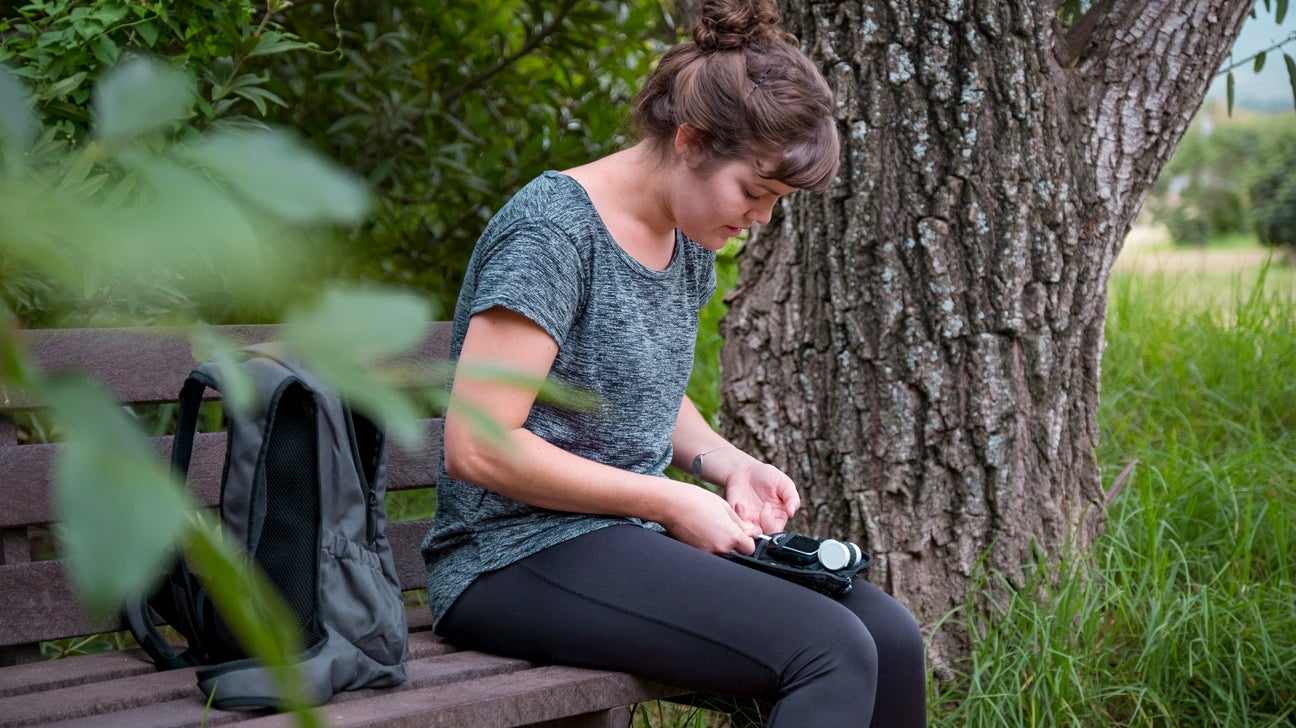
- The FDA has approved a new class of medication for type 2 diabetes in teens.
- Type 2 diabetes is the most common form of diabetes. It’s a condition that occurs when the body has a problem regulating and using sugar as fuel.
- As of 2017, it is estimated that 67 per 100,000 children between 10 and 19 are living with type 2 diabetes.
The U.S. Food and Drug Administration has approved a new class of medication to treat type 2 diabetes in teens. The drugs Jardiance (empagliflozin) and Synjardy (empagliflozin and metformin hydrochloride) have been greenlit as additions to diet and exercise to help improve blood sugar control in children 10 years and older with type 2 diabetes.
“Compared to adults, children with type 2 diabetes have limited treatment options, even though the disease and symptom onset generally progress more rapidly in children,” Dr. Michelle Carey, associate director for therapeutic review for the Division of Diabetes, Lipid Disorders, and Obesity in the FDA’s Center for Drug Evaluation and Research said in the FDA release. “Today’s approvals provide much-needed additional treatment options for children with type 2 diabetes.”
What is type 2 diabetes?
Type 2 diabetes is the most common form of diabetes. It’s a condition that occurs when the body has a problem regulating and using sugar as fuel. The long-term condition results in too much sugar circulating in the blood, which can lead to other conditions that affect the circulatory, nervous, and immune systems.
According to the SEARCH for Diabetes in Youth study, the occurrence of type 2 diabetes in children has increased by 4.8% per year from 2002 to 2015 and is expected to continue to rise. As of 2017, it is estimated that 67 per 100,000 children between 10 and 19 are living with type 2 diabetes, according to the Centers for Disease Control and Prevention.
Type 2 diabetes occurs when the cells in the body become resistant to insulin, and as a result, the cells don’t absorb sugar; or the pancreas cannot make enough insulin to keep blood sugar levels within a healthy range.
How do these new drugs work to treat diabetes?
The active ingredient in Jardiance and Synjardy, empagliflozin, works by increasing the excretion of glucose in urine. The safety of the drug in children was studied in a double-blind, placebo-controlled trial with 157 patients between the ages of 10 and 17 with inadequately controlled type 2 diabetes.
“The trial found that, at week 26, treatment with empagliflozin was superior in reducing hemoglobin A1c, a measure of average blood sugar, compared to placebo,” according to a release from the FDA. “The 52 patients treated with empagliflozin had an average 0.2% decrease in hemoglobin A1c compared with an average 0.7% increase in hemoglobin A1c in the 53 patients taking placebo, representing a 0.8% decrease in hemoglobin A1c with empagliflozin as compared to placebo.”
“There are so many benefits to this class of medication,” said Dr. Caroline Messer, an endocrinologist at Northwell Lenox Hill Hospital. “We know this class of medication can prevent progression of kidney disease, and that is going to be very important because we’re seeing that uncontrolled diabetes at a young age can lead to a higher incidence of kidney failure and dialysis. If we can do anything to halt the progression, that’s great.”
She added that these medications are not weight loss medications, but administering them does lead to weight loss, which is important in the type 2 diabetes population.
“It’s also something that’s not injectable, and teens have more needle phobia potentially than full-fledged adults. It also does not cause low blood sugar, which means that it does not have a risk for things like causing car accidents because the blood sugar does not bottom out. It’s a huge opportunity for teenagers,” she said.
It should be noted that these drugs are recommended as supplements to diet and exercise to help improve blood sugar control.
Side effects of the new type 2 diabetes drugs
The most common side effects in children treated with empagliflozin were generally similar to those in adults, including urinary tract infections and female fungal infections. Children were found to have a higher risk of hypoglycemia. Other side effects include diarrhea, nausea, and upset stomach. Jardiance and Synjardy are not recommended in patients with type 1 diabetes.
FDA Approves New Medication Class for Teens With Type 2 Diabetes
Source: Pinoy Lang Sakalam



0 (mga) komento:
Mag-post ng isang Komento